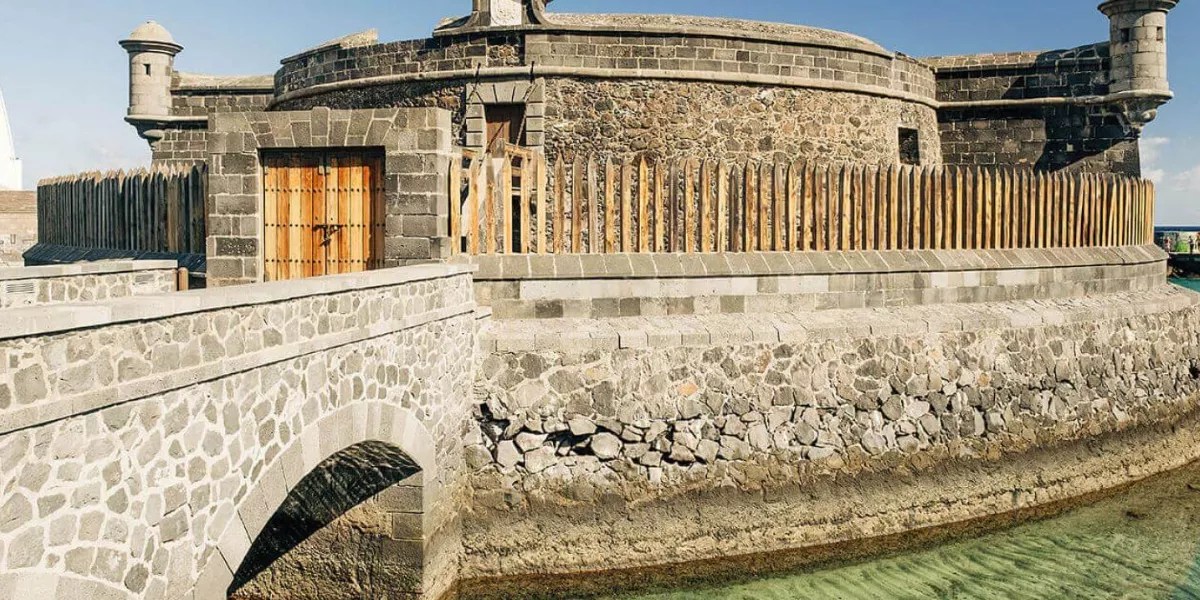Since this Friday, the municipality of La Laguna, in Tenerife, has been showing the work of the Tenerife artist Yapci Ramos titled Monumenta: nine Guanche incarnationswhich rethinks from a contemporary vision the role that aboriginal women played in the historical development of the archipelago before and after the Castilian conquest and who were forgotten and ignored by chroniclers.
“How would they be? What feelings were going through them? What life stories would they tell?” are some of the questions that Ramos poses in this exhibition that will be available until November at the Hermitage of San Miguel in the Plaza del Adelantado in the municipality of La Laguna, better known as Aguere in the times before the arrival of the conquerors.
The island of Tenerife, the last to give in after almost a century of struggle against the constant attack of the Castilians and Europeans during the 15th century, was divided at that time into nine demarcations called “menceyatos”, each led by by an aboriginal king, all of them men.
They, the “menceyes”, are worshiped today in numerous corners of the archipelago, but above all in the central square of the town of Candelaria, with nine sculptures representing each of the native leaders, a unique installation in the islands in which there are no female figures.
This question motivated Yapci Ramos (La Laguna, 1977) to take the path back and highlight the untold stories of those who lived, fought and defended the legacy of a homeland full of questions that still today seeks its solution. course.

To do this, the artist rethinks the existence of nine incarnations that challenge and escape “normativity”, while demanding a greater presence of women and subaltern identities in the public space, giving them “a corporality and a voice.” own” making use of the performance for subsequent reproduction and printing using 3D technology.
It is a vision that Monument appears as a “possibility of subversion of established power relations while questioning the stories of the past”, built through the little existing historical documentation, through which it aspires “to be a space open to dialogue” to “ “reconstruct the void of oblivion through the creation of new collective spaces.”
“If we look at the sculptures that inhabit our public space, we find little diversity in (female) representation. And the one that is represented is under a patriarchal gaze. Then it’s time to represent her place. Because we know that our aboriginal women occupied a place, they were active subjects of pre-Hispanic Tenerife,” the artist explained during the presentation.
Furthermore, he added, the exhibition is located in a space created in 1506 by one of the most important figures in the conquest of the islands: Alonso Fernández de Lugo, better known as the “Adelantado”, who stars in many of the stories of the battles, the executions and the slavery of the Guanche people.
“Now it is our women who conquer this space,” Ramos concluded, which was “built on the defeat of our ancestors,” an issue that makes it more necessary than ever to remember “the strength” of these women and “resignify history in this location.”















